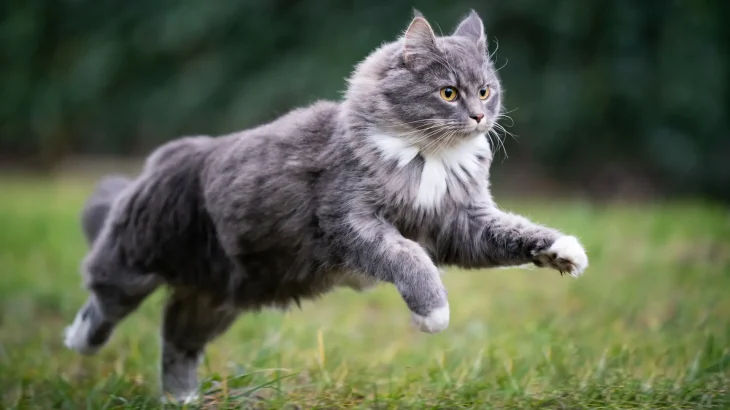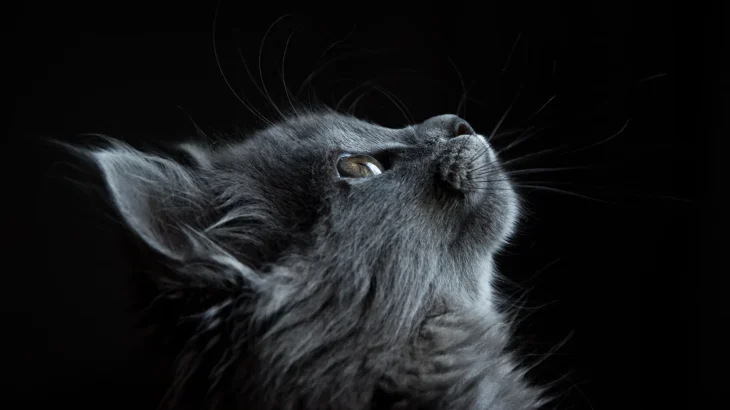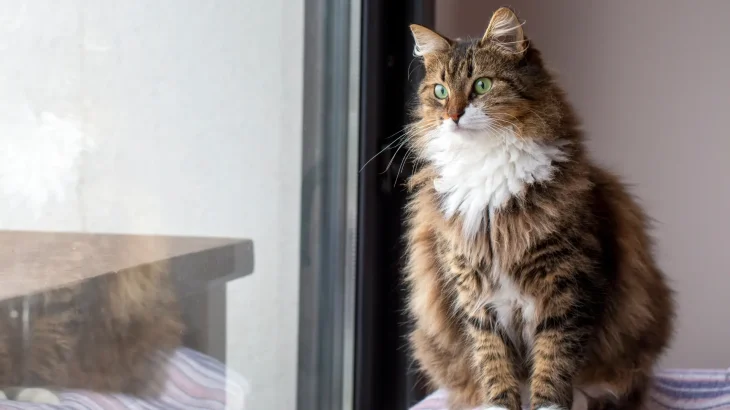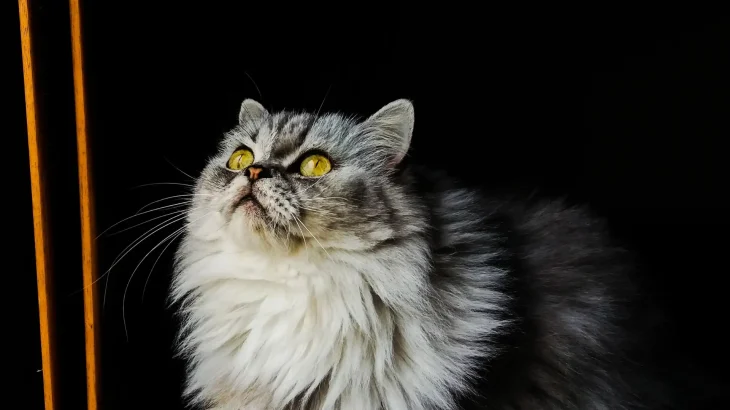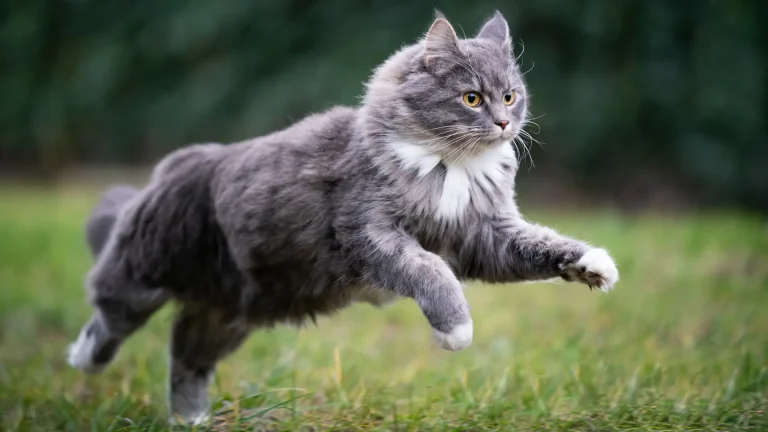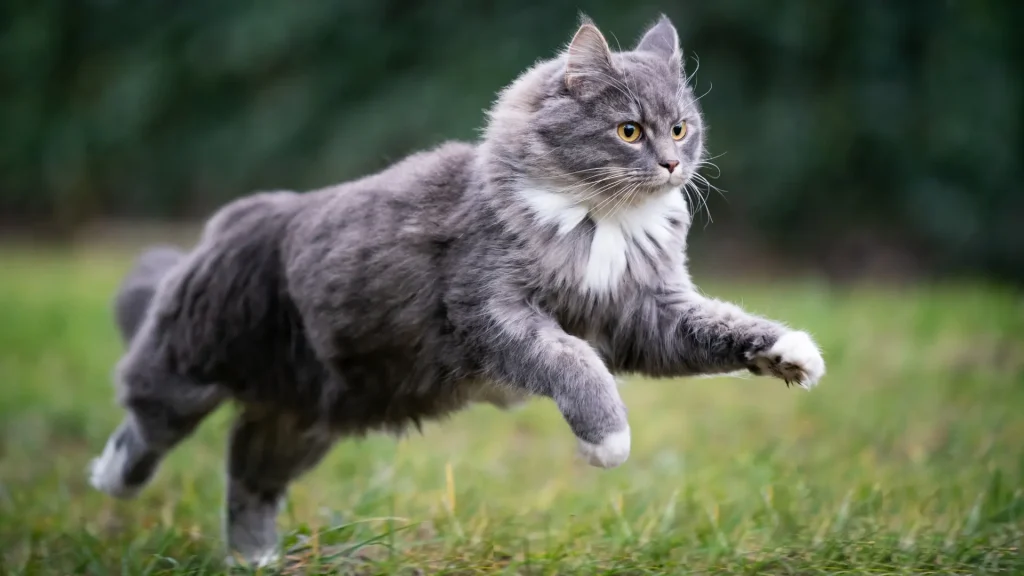When deciding to bring home a Nebelung kitten, you'll want to weigh the benefits of adopting versus buying from a breeder. Adoption often has lower upfront costs and offers a compassionate choice, while buying from a breeder usually provides detailed background info and pedigree assurance.
Here's a quick comparison to help you decide:
| Criteria | Buying from Breeder | Adopting from Shelter/Rescue |
|---|---|---|
| Cost | Usually higher, reflecting purebred status and breeder expenses. | Generally lower, fees cover basic care and vaccinations. |
| Health History | Often includes detailed records and genetic screenings. | Health info may be limited; basic vet checks done. |
| Age Availability | Mostly young kittens, ideal for raising from early on. | Various ages, including adults and seniors. |
| Temperament Insight | Breeders can share lineage personality traits. | Shelter staff provide observations but full history unknown. |
| Supporting Practices | Supports managed breeding programs if ethical. | Helps reduce homeless pet populations. |
| Breed Purity & Pedigree | Offers verified pedigree and breed standards. | Usually unknown or mixed lineage; purity not guaranteed. |

